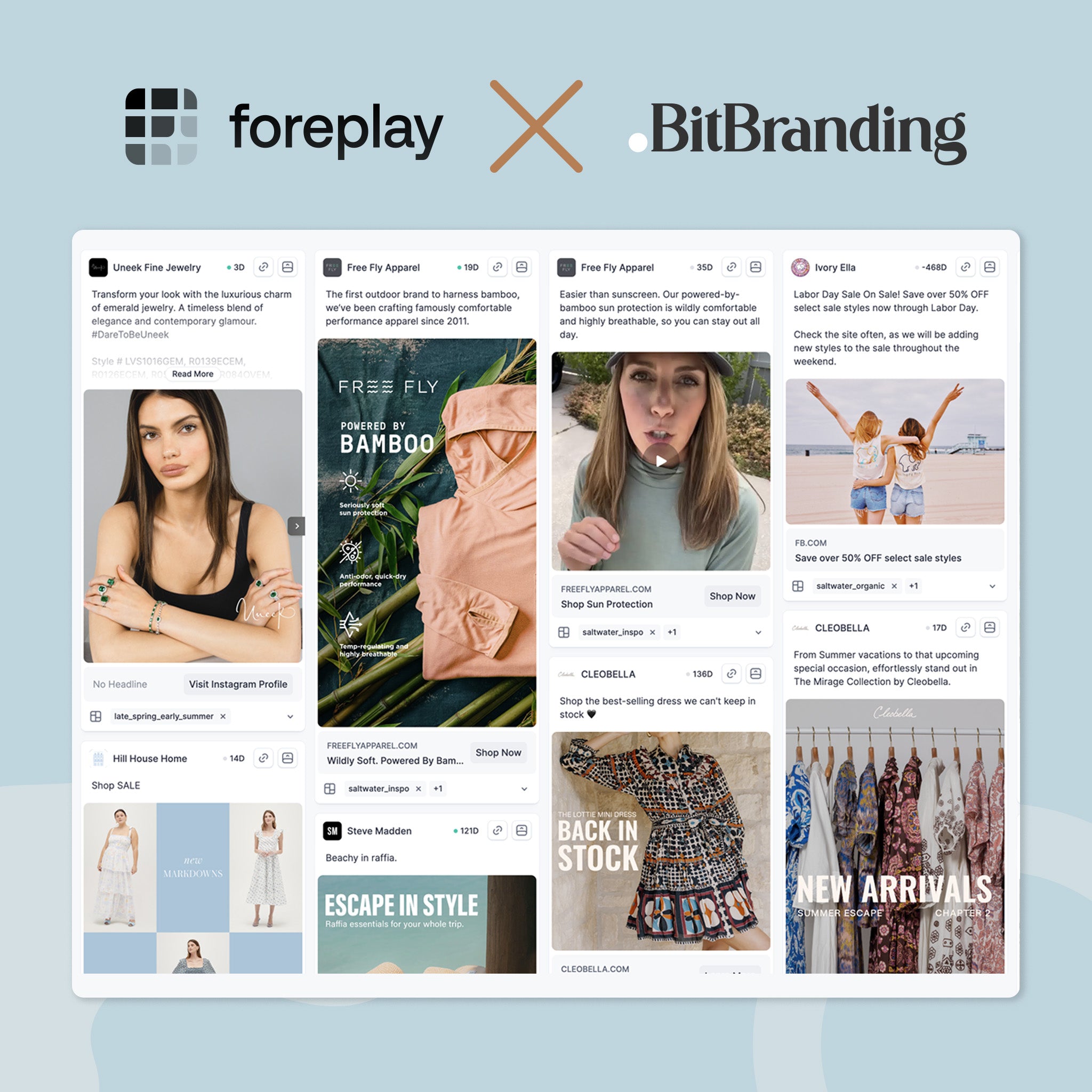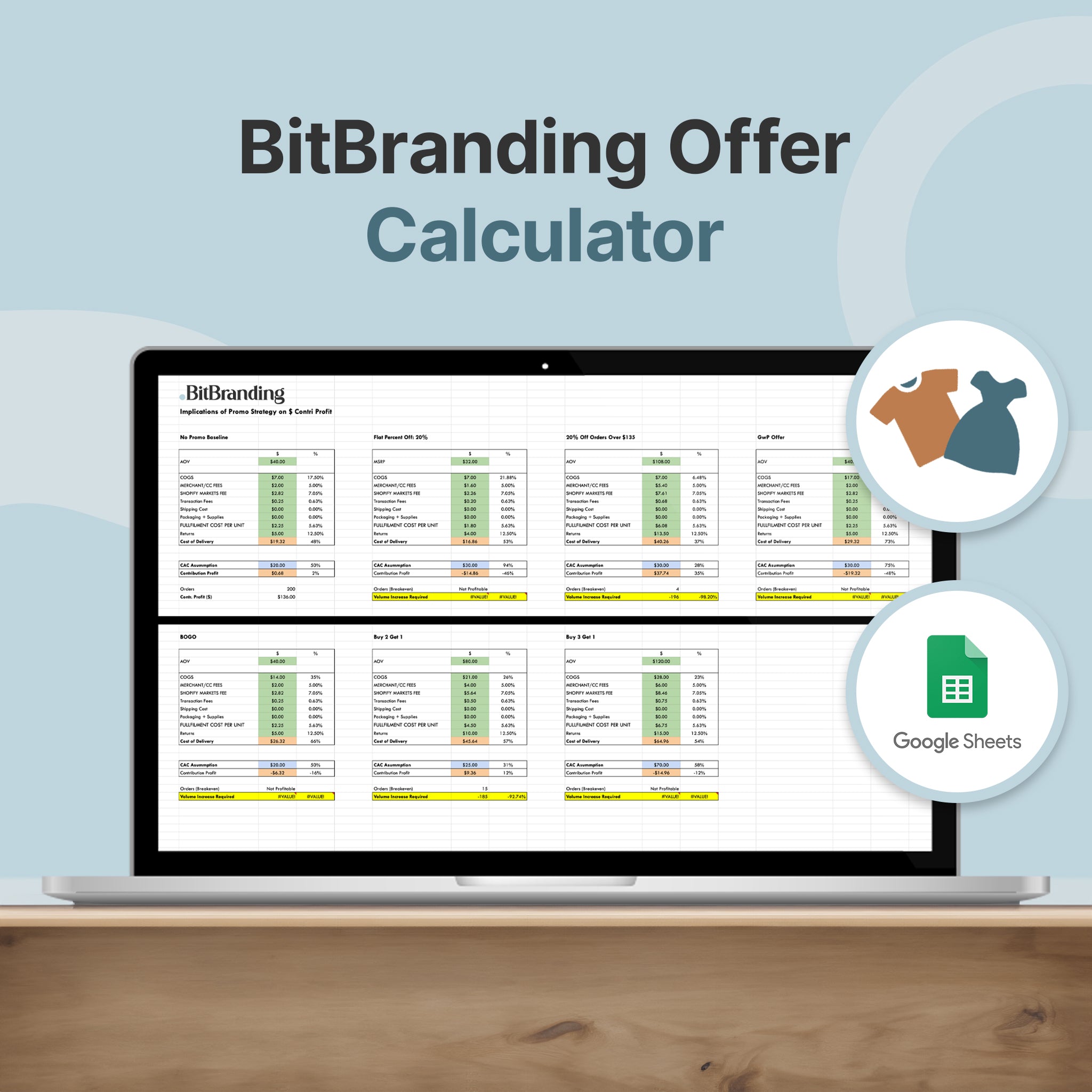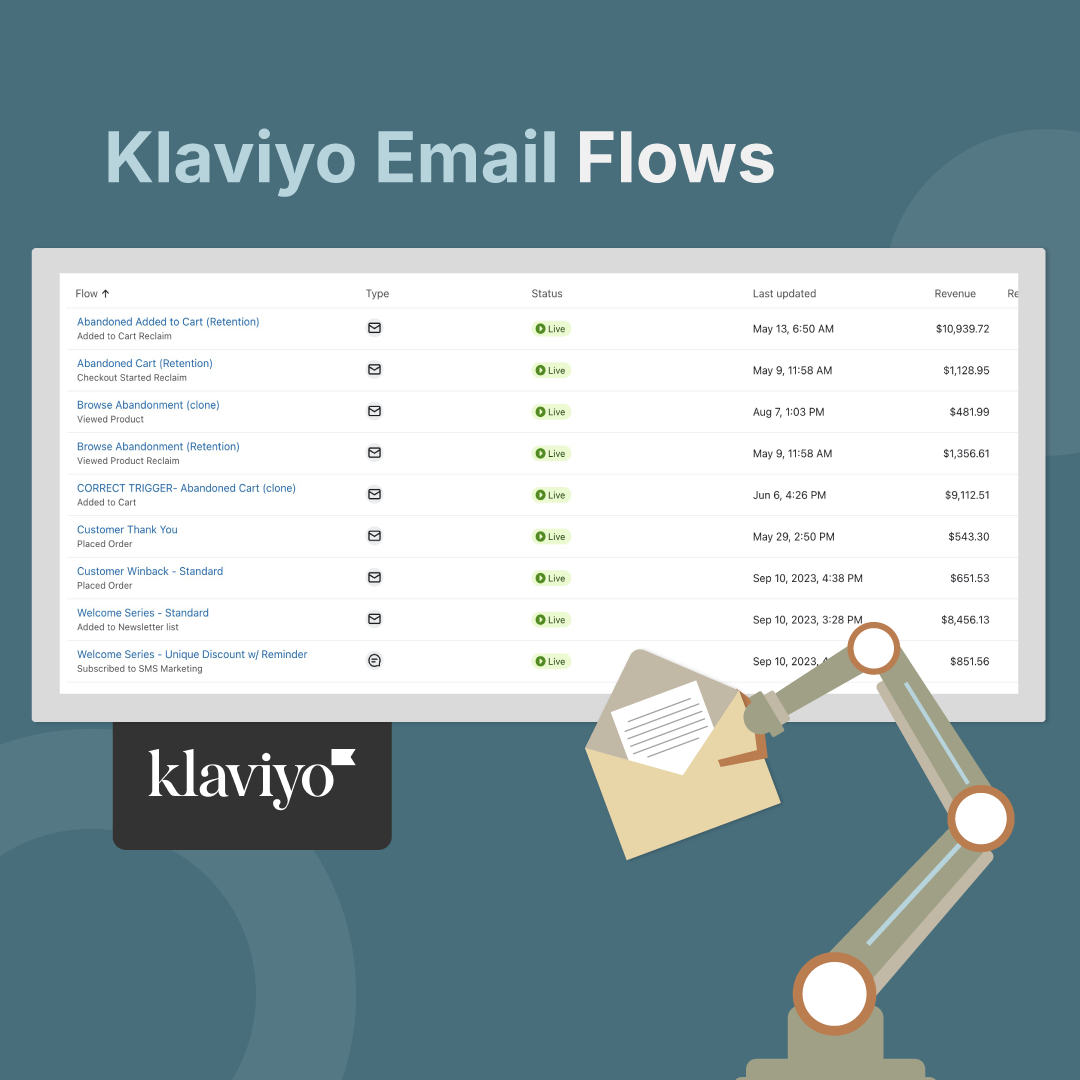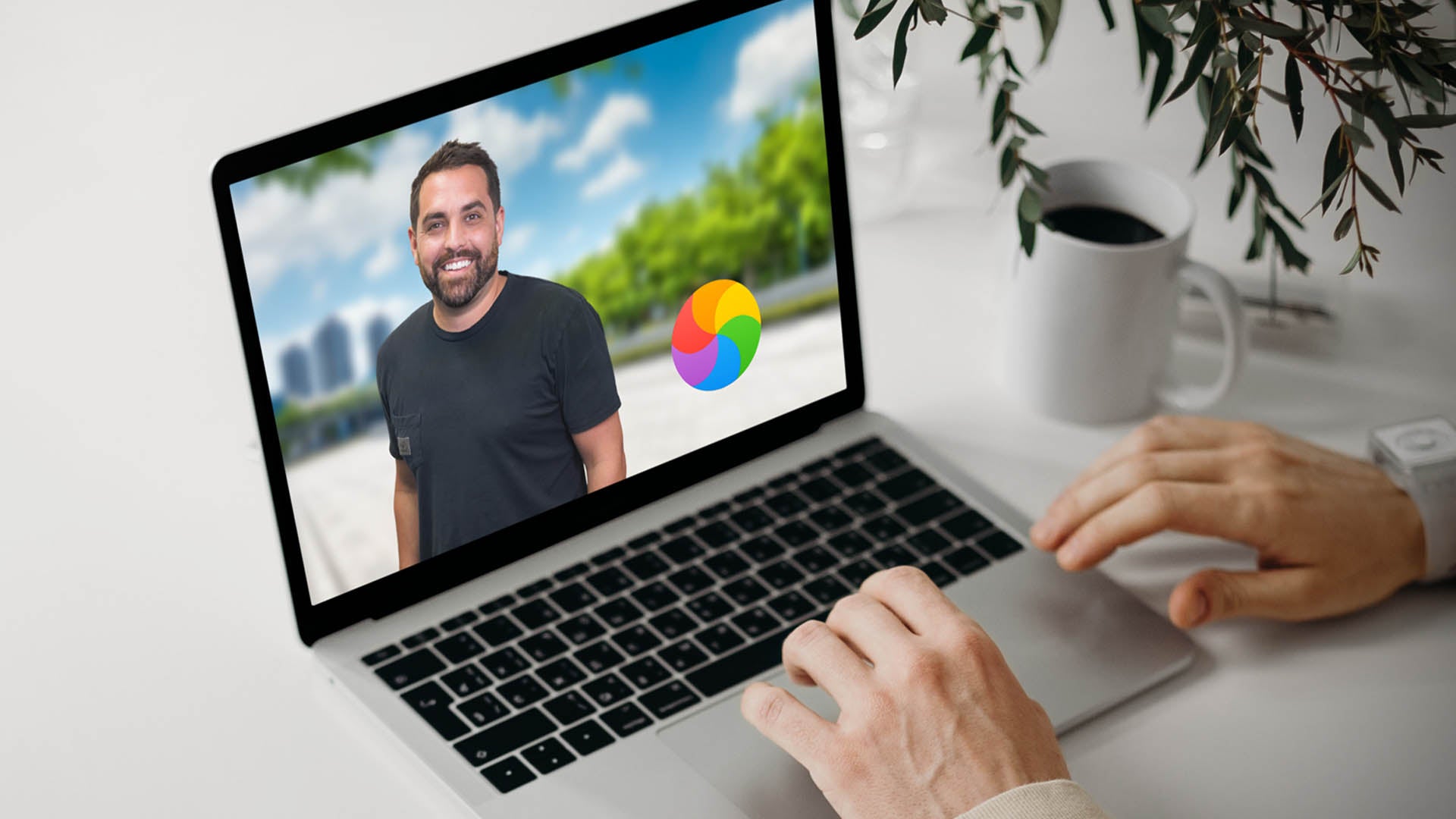Why Your Shopify Store Isn’t Growing — And the One Weekly Checklist That Fixes Everything
Most clothing brands believe their sales problems come from not running enough ads, not having the right influencers, or not producing enough content for social media. But after auditing hundreds of Shopify clothing stores, one truth becomes unavoidable:
👉 Most brands don’t need more marketing.
They need a better weekly website system.
Your website—not your ad, not your Instagram post—is the only place where money changes hands. Yet for most brands, the site is only touched when:
-
something breaks
-
a new collection drops
-
a developer updates the theme
-
or a crisis forces you to log in
That lack of consistent optimization is silently destroying conversions.
This article breaks down the exact Weekly Website System clothing brands use to:
-
increase conversion rates
-
boost add-to-cart rates
-
keep the store feeling “alive” and constantly updated
-
improve performance week after week with data instead of guessing
This is the same system major brands use—and the same system 90% of smaller clothing brands completely ignore.
Let’s dive in.
Why Your Website Needs Weekly Optimization (Not Monthly)
Your homepage is your brand’s home base. Customers judge your brand’s credibility within seconds. If your site looks like it hasn’t been updated in weeks—or months—customers instantly assume:
-
you aren’t active
-
the brand is small or abandoned
-
nothing new is happening
-
products may be outdated
-
the shopping experience might be unreliable
And when customers feel this… they stop paying attention.
Especially repeat viewers.
If your ads send the same people to the same homepage week after week and nothing changes, they mentally check out.
This is why big brands like Nike, Lululemon, Alo Yoga, and Gymshark constantly refresh their homepage.
Some change their hero banner every other day.
You don’t need to update daily — but weekly is absolutely realistic for any clothing brand.
Even brands that only drop collections 2–4 times per year still have:
-
multiple product variants
-
lifestyle images
-
UGC content
-
best sellers
-
seasonal angles
-
different audiences to speak to
You have more content than you think.
So let’s break down the exact weekly homepage refresh system.
1. Weekly Homepage Refresh (The Most Ignored Growth Lever)
1.1 Refresh the Hero Banner Weekly
This is the fastest way to make your store feel active, modern, and curated.
You can change:
-
the featured product
-
the angle (comfort, style, performance, sustainability)
-
the model
-
the lifestyle photo
-
the headline
-
the call to action
-
the seasonal message (Fall Essentials, New Week Favorites, Weekend Picks)
You don’t need a new photoshoot every week.
If each collection has 5–10 products, you already have enough photos and angles to rotate through.
Pro Tip: Use a “hidden slideshow system”
Most Shopify themes let you:
-
create multiple slides
-
keep them hidden
-
pre-load your next 3–4 weeks of hero images
This means you can update your hero banner in one click each week.
1.2 Update Featured Collections (Best Sellers & New Arrivals)
Many brands never touch these sections after setting up the theme once.
Your customers notice.
If it’s the same 4 products for 5+ weeks in a row, they assume nothing new is happening.
Two ways to manage this:
Option A: Automated Collections (Recommended)
Create an auto-updated collection in Shopify:
-
New Arrivals: Sort by newest
-
Best Sellers: Sort by best selling
-
Trending: Sort by most viewed or most added to cart
This ensures your homepage rotates automatically.
Option B: Manual Curation (More work, more control)
If you want manual control based on:
-
viral TikToks
-
influencer posts
-
seasonal demand
-
trending aesthetics
You’ll need to update these weekly.
This is often worth it.
Brand Example
A Shopify brand that went viral on TikTok updated their homepage to highlight the exact products from the viral video.
The result?
🌪️ Visitors from TikTok instantly recognized the product
💸 Conversion rate skyrocketed
👏 Customers felt the website matched what they saw on social media
1.3 Add a “Trending This Week” Section
This creates psychological freshness.
Even better:
Add the actual date, like:
Trending This Week (Nov 12–19)
This instantly communicates:
-
the website is active
-
someone is managing the brand
-
the store updates regularly
But if you can’t commit to weekly updates, don’t do this.
Consistency matters more than the feature itself.
1.4 Add 2–3 Fresh Lifestyle Photos Weekly
These don’t have to be new shoots.
You can use:
-
tagged Instagram photos
-
customer UGC
-
new product angles
-
influencer photos
-
existing shots you haven’t featured yet
A small gallery on the homepage keeps visual freshness without a big workload.
2. Weekly Analytics Snapshot (10 Minutes Only)

Most brand owners check analytics only when worried about sales.
But the best brands check every week, looking for signals before they become problems.
This is not a deep dive.
It’s a simple Health Dashboard Check.
Set Shopify Analytics to:
-
Last 7 Days
-
Compare to Previous Period
This gives you an immediate week-over-week view.
Here’s what to look at:
2.1 Sessions Over Time (Your Traffic Trend)
Questions to ask:
-
Did traffic go up or down?
-
Were there any spikes?
-
Did a Reel, TikTok, ad, or influencer cause it?
-
Did a drop underperform?
Spikes reveal what worked.
Drops reveal what needs fixing.
2.2 Add-to-Cart Rate (Your #1 controllable metric)
This is the most important metric for clothing brands.
Why?
Because the moment someone adds to cart, you win half the battle.
A healthy add-to-cart rate is:
✔️ 3%–6%
❌ Under 3% usually means:
-
wrong traffic
-
weak product page
-
unclear sizing
-
bad imagery
-
incorrect product positioning
-
confusing UX
Many brands obsess over “conversion rate” — but add-to-cart tells you more about product relevance and site quality.
2.3 Checkout Funnel
Look at:
-
Add to Cart
-
Reached Checkout
-
Completed Purchase
This shows where drop-offs happen.
If add-to-cart is high but checkout is low:
Your issues may be:
-
shipping fees
-
slow shipping
-
lack of trust badges
-
no return policy
-
no reviews
-
poor UX in checkout
If conversion rate is high but traffic is low:
Push more:
-
TikToks
-
Reels
-
emails
-
influencer posts
-
UGC
-
collabs
If traffic is high but conversion is low:
The website, not the ads, is the problem.
2.4 Traffic Quality (Location & Source)
If your visitors are mostly from:
-
countries you don’t sell to
-
locations known for bots
-
irrelevant markets
Your conversion rate will look worse than it actually is.
Example:
A store saw 815 sessions — but most were from China and Singapore, likely bots.
This explained the low add-to-cart rate.
3. Weekly Product Page Upgrade (10–15 Minutes)

Pick ONE winning product every week — not 5, not 10.
Small improvements weekly compound into huge gains.
Here’s what to upgrade:
3.1 Add New Lifestyle Photos or UGC
One new photo can increase add-to-cart rates dramatically.
You can add:
-
customer photos
-
influencer photos
-
photos from a previous shoot
-
a different angle
-
a close-up of texture or material
Visuals sell clothing more than copy.
3.2 Improve the Product Description
Most clothing product descriptions are:
-
too short
-
generic
-
feature-focused
-
missing benefits
Each week, improve ONE product’s description by adding:
-
key benefits
-
styling tips
-
material details
-
size guidance
-
comfort or fit info
-
the brand story behind the piece
Great product descriptions reduce returns and increase purchases.
3.3 Add or Update testimonials
If the product has reviews, great—highlight them better.
If it has none, do this:
-
Look inside Shopify for customers who bought multiple times
-
Write them a heartfelt personal message
-
Thank them for supporting your brand
-
Ask them for a review (not automated)
Manual personal review requests get far more responses than automated Judge.me emails.
3.4 Add a Size Guide or Improve Existing One
Sizing is one of the most common barriers to checkout.
Your product page should include:
-
a size chart
-
fit notes
-
model measurements
-
whether it runs tight/loose/true to size
This reduces returns AND increases trust.
4. Why This Weekly System Works (The Psychology Behind It)

Customers want to feel like:
-
the brand is alive
-
the content is fresh
-
new things are happening
-
the store is curated
-
people are behind the brand
Small weekly changes communicate:
✔️ consistency
✔️ professionalism
✔️ activity
✔️ relevance
It feels like a living brand, not an abandoned store.
And customers gravitate toward brands that feel active and cared for.
5. The Weekly Website Checklist (Copy & Use This)

Every Week:
Homepage
-
Rotate hero banner
-
Update featured collections
-
Add “Trending This Week” (optional)
-
Add 2–3 new lifestyle or UGC photos
Analytics
-
Check sessions over time
-
Check add-to-cart rate
-
Check funnel (ATC → Checkout → Purchase)
-
Check top landing pages
-
Check traffic locations
-
Compare week over week
Product Page Optimization
-
Pick 1 winning product
-
Add new lifestyle images
-
Improve description
-
Add testimonials
-
Add or refine size guide
6. Why 90% of Brands Ignore This (And Fail Because of It)

Most brand owners:
-
feel overwhelmed
-
don’t know what to change
-
think the site is “done”
-
assume the homepage isn’t important
-
focus only on ads and content
-
don’t understand analytics
-
wait for issues instead of preventing them
This leads to slow sales, low conversions, and unpredictable revenue.
But the brands that win?
They never let their website get stale.
They treat it like a living, breathing part of the brand.
They optimize small things weekly instead of rebuilding everything once per year.
And those small changes compound into a site that converts consistently.
7. The Brands That Implement This Grow Faster—Period

After working with hundreds of clothing brands, one pattern is clear:
📈 Brands that update weekly grow.
📉 Brands that ignore the site suffer slow death.
Your website is your digital storefront.
Just like a physical store needs weekly merchandising, so does your Shopify store.
This system doesn’t require:
❌ new photoshoots
❌ hiring an agency
❌ expensive redesigns
❌ advanced developer skills
It requires:
✔️ consistency
✔️ weekly maintenance
✔️ small improvements
✔️ awareness of customer behavior
✔️ 30–45 minutes per week
If you want consistent sales, consistent revenue, and a store you’re proud of…
Your website must evolve weekly.
Final Thoughts: Your Website Is Your Most Underused Growth Asset

You don’t need more ads.
You don’t need more influencers.
You don’t need more content.
You need a system.
This Weekly Website System is the missing link between:
-
traffic → conversions
-
clicks → revenue
-
interest → sales
Follow it every week, and you’ll instantly outperform 90% of the brands in your niche.
If you’d like, I can also create:
✅ A printable version of the weekly checklist
✅ A version formatted for Google Docs
✅ A simplified SOP your VA can follow
✅ A Notion template for the weekly system
✅ A homepage-optimization template specifically for clothing brands
Would you like those?
https://www.optimizedstoreowner.com/schedule-strategy-session











Share:
How This Shopify Brand Went from $0 to $70M Using One Strategy
3 Shopify Apps That Print Money